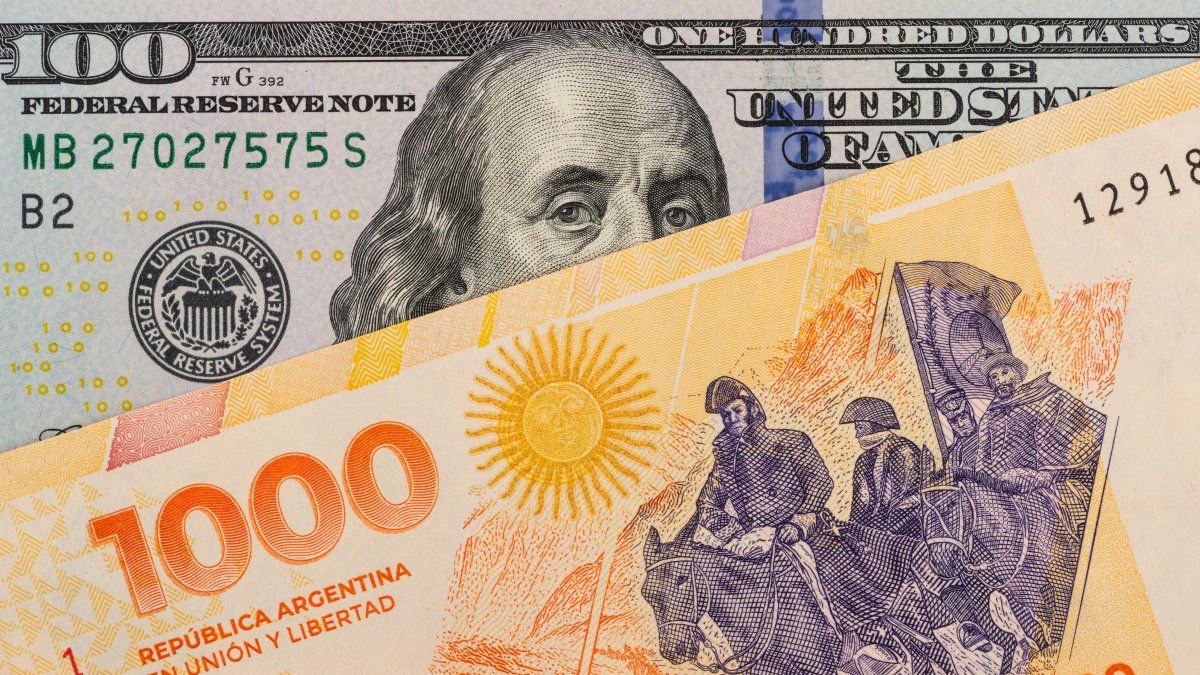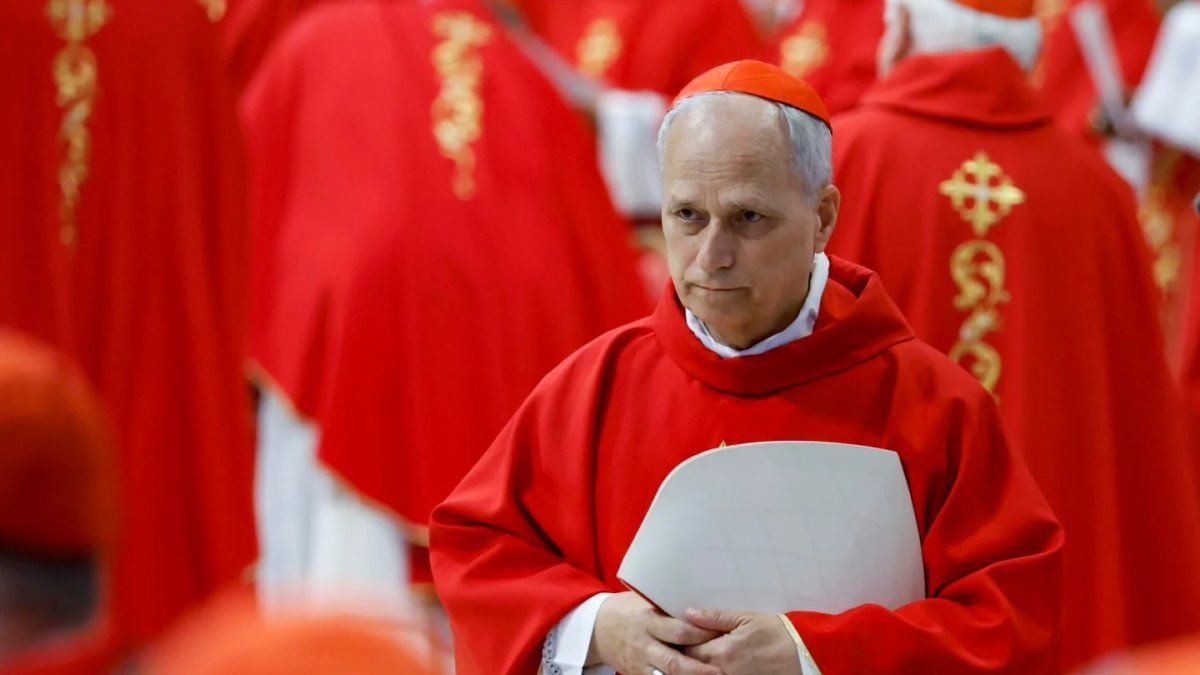In just three days of exchange tension, The Central Bank had to disburse US $ 1 billionaccording to the estimate of a private consultant. This result represents the greatest loss since the week before the 2019 general elections. At the same time, reserves fell au $ 26,783 million, its lowest level since September 2024, although this decrease also reflects recently assumed financial commitments. What questions are still open?
According to a recent GMA capital report, the fourth factor is linked to a more technical issue related to banks. They argue that the high volume of sale of the BCRA would have been the closure of “Carry Trade” operations in financial entities. That led to sell pesos and get dollars, through the futures market.
“With an accumulated sales of the month in today US $ 383 million already lack of 5 wheels, the central could end March with one of the worst sales balances of recent years for that month, even with exchange rate. In order to reverse the panorama, it will be necessary for the rate differential to favor pesos possession “GMA said in his latest report.
In principle, economists point out that there are two doubts that should be resolved: how much will be the amount granted by the IMF and greater certainty about the following “phase” of the economic scheme.
IMP DOLARS.JPG
IMF agreement certainties can help dissipate doubts
Image created with artificial intelligence
A debt tender that this week can be key
This Tuesday, March 25, the Treasury will make a new call for debt tender, which will be held this Thursday 27 and will be the last of the month. After the recent exchange volatility, the attention will be put in the instruments offered and, especially, in itself the government reuses a “carrot” – that is, higher rates – to attract the demand for weights. However, after these days of instability, Investors adopted a more cautious posture, Seeing how in a few days the performance of the “Carry Trade” could have been almost canceled by the jump of the dollar, a situation of which all have memories.
A not less of the last tender is that, in the first of the month of March, the government offered a letter tied to the dollar, but was declared deserted. Will this case be repeated, if a Linked dollar instrument is offered again?
Another point to highlight the last tender that is opposed to the current panorama is that the title awarded with greater demand at that time, was a LECAP with a monthly rate of 2.69% with expiration in April, while the last data of INDEC marked an acceleration of inflation by 2.4%. A lower rate differential, if compared to the jump that had the dollar, where in just one week he advanced 3.99% if the MEP exchange rate is taken into account, but 3.8% taking into account the CCL.
The previous week, with the exchange tension included, the fixed rate titles compressed in the short part of the curve. According to Grupo IEB, “this phenomenon is due to the resistance that inflation is showing down and speculation of a future increase in rates.” In addition, he adds that the fixed rate curve was beaten by the disarmament of “carry” positions compared to greater volatility of stock market dollars. In this context, The dollar is still in the center of the focus and more with a call for tender debt bidding. In search of making a movement that again gives incentives for the weights, the banks rose the rate of the fixed deadlines up to 28% TNA, bringing the them to the inflation last month. Is it enough?
Source: Ambito
I am a 24-year-old writer and journalist who has been working in the news industry for the past two years. I write primarily about market news, so if you’re looking for insights into what’s going on in the stock market or economic indicators, you’ve come to the right place. I also dabble in writing articles on lifestyle trends and pop culture news.




